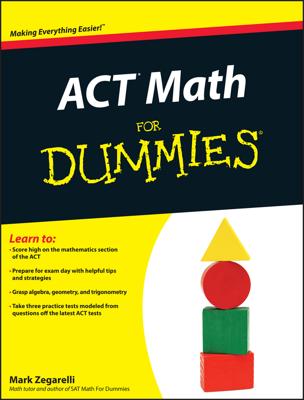- Classified national defense or foreign relations information
- Records of financial institutions or credit reporting agencies
- Government computers
The Act established two new felony offenses for the unauthorized access of federal interest computers and a misdemeanor for unauthorized trafficking in computer passwords:
- Felony 1: Unauthorized access, or access that exceeds authorization, of a federal interest computer to further an intended fraud, shall be punishable as a felony [Subsection (a)(4)].
- Felony 2: Altering, damaging, or destroying information in a federal interest computer or preventing authorized use of the computer or information, that causes an aggregate loss of $1,000 or more during a one-year period or potentially impairs medical treatment, shall be punishable as a felony [Subsection (a)(5)].
This provision was stricken in its entirety and replaced with a more general provision, which we discuss later in this section.
- Misdemeanor: Trafficking in computer passwords or similar information if it affects interstate or foreign commerce or permits unauthorized access to computers used by or for the U.S. government [Subsection (a)(6)].
"[E]xclusively for the use of a financial institution or the United States government, or, in the case of a computer not exclusively for such use, used by or for a financial institution or the United States government and the conduct constituting the offense affect that use by or for the financial institution or the government"Several minor amendments to the U.S. Computer Fraud and Abuse Act were made in 1988, 1989, and 1990, and more significant amendments were made in 1994, 1996 (by the Economic Espionage Act of 1996), and 2001 (by the USA PATRIOT Act of 2001). The Act, in its present form, establishes seven specific computer crimes. In addition to the three that we discuss in the preceding list, these crimes include the following five provisions (we discuss subsection [a][5] in its current form in the following list):"[W]hich is used in interstate or foreign commerce or communication"
- Unauthorized access, or access that exceeds authorization, to a computer that results in disclosure of U.S. national defense or foreign relations information [Subsection (a)(1)].
- Unauthorized access, or access that exceeds authorization, to a protected computer to obtain any information on that computer [Subsection (a)(2)].
- Unauthorized access to a protected computer, or access that exceeds authorization, to a protected computer that affects the use of that computer by or for the U.S. government [Subsection (a)(3)].
- Unauthorized access to a protected computer causing damage or reckless damage, or intentionally transmitting malicious code which causes damage to a protected computer [Subsection (a)(5), as amended].
- Transmission of interstate or foreign commerce communication threatening to cause damage to a protected computer for the purpose of extortion [Subsection (a)(7)].
The U.S. Computer Fraud and Abuse Act of 1986 is the major computer crime law currently in effect. The CISSP exam likely tests your knowledge of the Act in its original 1986 form, but you should also be prepared for revisions to the exam that may cover the more recent amendments to the Act.

